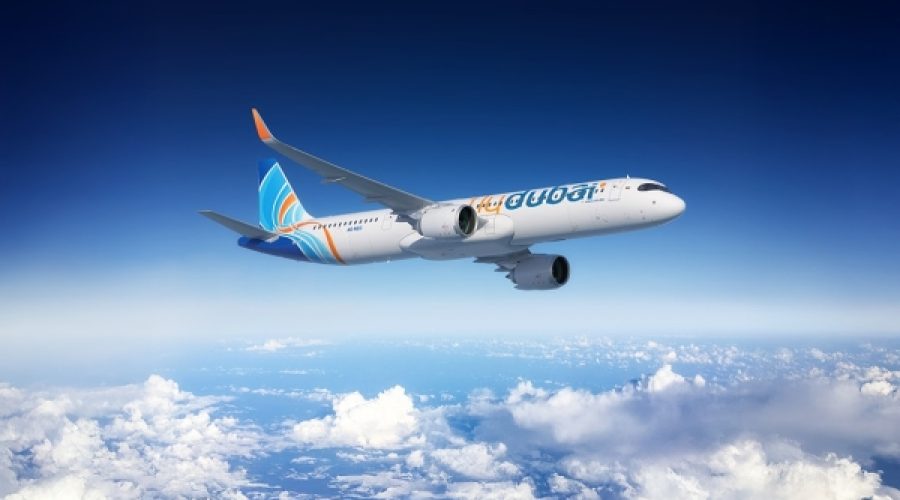Airbus Secures 150 A321neo Order: What This Means for the Aviation and Investment Landscape
flydubai has signed a Memorandum of Understanding (MoU) with Airbus to purchase 150 A321neo aircraft, marking the airline’s debut as an Airbus customer.
The agreement was formalized at the Dubai Airshow 2025 by Sheikh Ahmed bin Saeed al Maktoum, Chairman of flydubai, and Christian Scherer, CEO Commercial Aircraft at Airbus.
Sheikh Ahmed highlighted the significance of the deal, stating, “We are pleased to announce a landmark agreement for 150 A321neo aircraft, representing another important milestone in flydubai’s journey. This new agreement is not only about adding aircraft. The A321neos will support the next phase of our network development and enable us to meet rising demand across our markets. We look forward to establishing a strong and enduring partnership between flydubai and Airbus.”
The addition of the latest-generation A321neo is set to enhance flydubai’s growth strategy by expanding its network and offering customers access to new destinations with improved efficiency and comfort.
Christian Scherer welcomed flydubai, describing the carrier as “one of the Middle East’s most ambitious and fast-growing” and expressing enthusiasm for their partnership.
The A321neo, part of the A320neo Family, features advanced technologies such as new-generation engines, Sharklets, and cabin efficiency improvements. Together, these innovations deliver over 20% fuel savings and CO₂ emissions reduction compared to previous-generation single-aisle aircraft.
As of October 2025, Airbus had received orders for more than 7,200 A321neo aircraft from nearly 100 customers worldwide. Additionally, all Airbus A320 Family aircraft are currently capable of operating with up to 50% Sustainable Aviation Fuel (SAF), with Airbus aiming to achieve 100% SAF capability by 2030.
Special Analysis by Omanet | Navigate Oman’s Market
The flydubai-Airbus MoU for 150 A321neo aircraft signals a major growth phase in regional aviation, presenting significant opportunities for Oman’s travel and tourism sectors to capitalize on increased connectivity and passenger traffic. Businesses should prepare for expanded market demand, while entrepreneurs and investors would be wise to consider aviation-linked ventures and sustainable fuel innovations as future growth drivers amid the global push for greener air travel.



